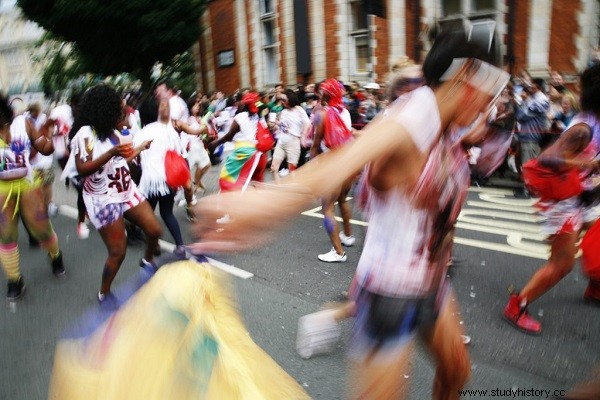
The Carnival Week moves thousands of people in Brazil, all around our most expressive popular party. As most of you know, this celebration came fromEurope and initially began to be celebrated in the exquisite ballrooms of Rio de Janeiro of the 19th century. Over time, the celebration took to the streets and today it is celebrated in different parts of the territory. The “taste for carnival” reached such a point that, according to some, Brazilians invented the “out of season carnival” .
However, despite being so appreciated, the famous micaretas are far from being an invention of our people . The term micareta comes from the French expression “mi-carême” , which means “midst of Lent” . As the name implies, the first off-season carnivals in our history took place in France from the 15th century, right in the middle of Lent, the time stipulated by the Catholic-Christian calendar for people to abstain from earthly pleasures.
In Brazil , some research suggests that our first micareta would have happened a century ago , in the city of Jacobina , interior of Bahia . Naturally, this first demonstration did not have all the paraphernalia that today mark the micaretas scattered throughout the country. In the 1950s, the Bahians invented the first electric trio , a kind of float that led a band during the carnival festivities.
For several decades, the use of the Trio Elétrico and the off-season carnival were restricted to parties that took place in Bahia. Only in 1989, the revelers of Campina Grande , in Paraíba , had the idea of organizing the Micarande , the first micareta organized outside the Bahian domains. From then on, this movement expanded and became a profitable tourist attraction that moves large amounts of money across the country.
Today, to participate in this event, people pay a reasonable amount to acquire the famous “abadá” . This garment, which allows the reveler to enter, has its origins in African culture. In Afro-Brazilian religious cults, the abadá designated an appropriate robe for the celebration of certain rituals . Later, it was reused to name the capoeiristas' clothing. In 1993, Banda Eva popularized the term when he dubbed his block clothes the same name.
